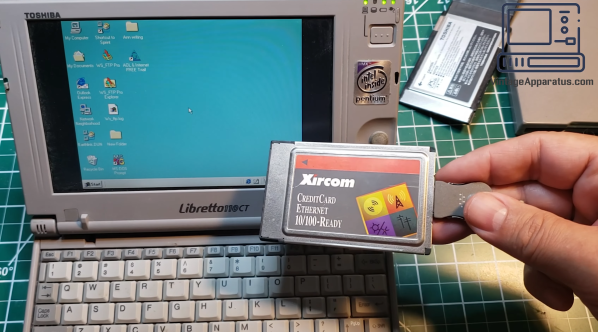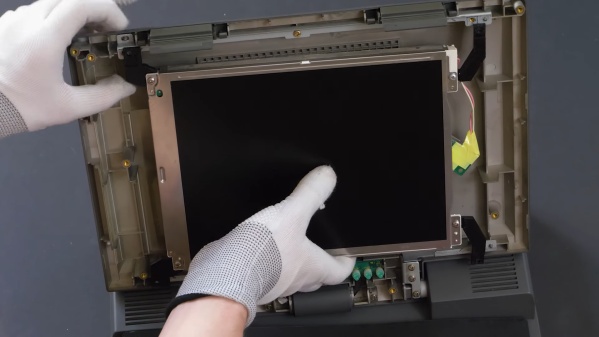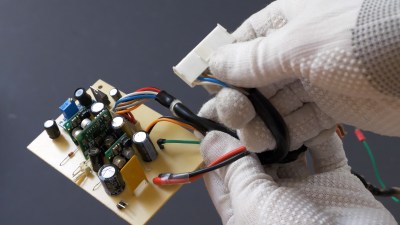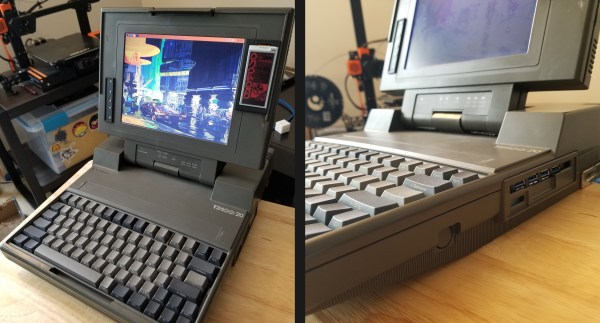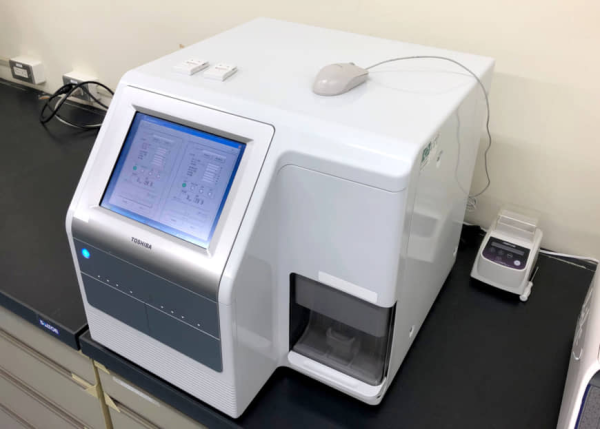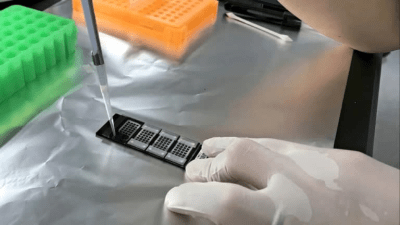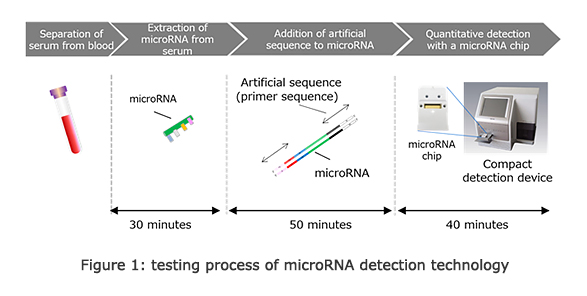The story of Commodore computers is one of some truly great machines for their time, and of the truly woeful marketing that arguably spelled their doom. But there’s another Commodore computing story, that of the machines we never received, many of which came close enough to production that they might have made it.
[Old VCR] has the story of one of these, and it’s a portable. It’s not a C64 like the luggable which did emerge, neither is it the legendary LCD portable prototype in the possession of our Hackaday colleague [Bil Herd]. Instead it’s a palmtop branded under licence from Toshiba, and since it’s a rare device even its home country of Japan the article gives us perhaps the only one we’ll ever see with either badge.
The Commodore HHC-4 was announced at Winter CES 1983, and since it was never seen again it’s aroused some curiosity among enthusiasts. The article goes to some lengths to cross-reference the visible features and deduce that it’s in fact a Toshiba Pasopia Mini, a typical palmtop computer of the era with not much in the way of processing power, a small alphanumeric display, and a calculator-style QWERTY keyboard. We’re treated to a teardown of a Toshiba unit and its dock, revealing some uncertainty about which processor architecture lurks in those Toshiba custom chips.
Looking at the magazine reviews and adverts it seems as though Commodore may have had some machines with their branding on even if they never sold them, so there exists the tantalizing possibility of one still lurking forgotten in the possession of a former staffer. We can hope.
If Commodore history interests you, you really should read [Bil]’s autobiographical account of the company in the 1980s.



